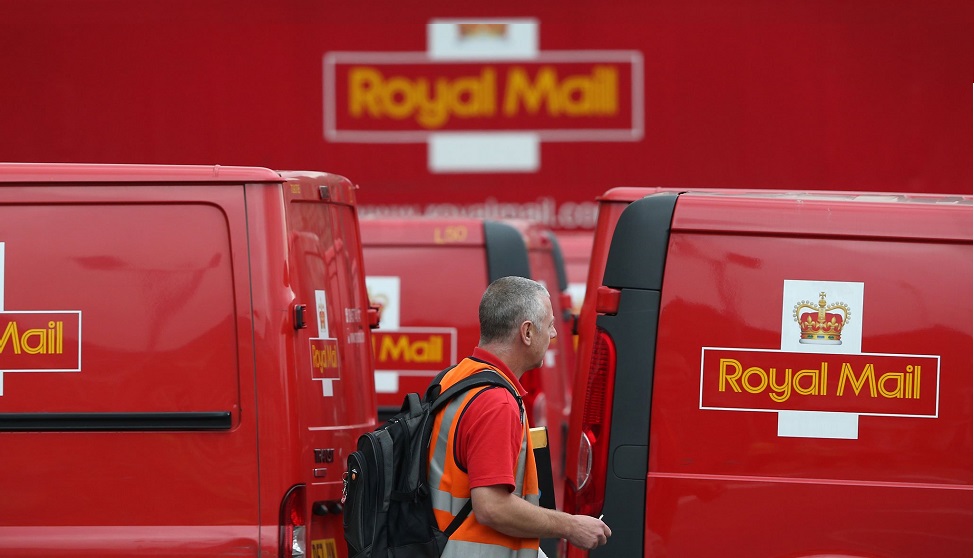Overview
The Royal Mail London Programme has transformed the capital’s mail processing operation. It has provided a cost-effective operational platform for high-quality customer service, value for money, and room for future business development.
With technological advances and increased competition, it was important to provide an operational
network in London to support Royal Mail’s commercial strategy, realign the operational estate, remove surplus mail processing capacity, and reduce the running cost.

Objectives
The overall program objective was to rationalize operations in central London, reducing mail processing floor space by 75%, reducing processing workforce by 20%, and releasing 18 acres of brownfield land for potential development. This change had to be achieved seamlessly from the customer’s point of view with no service interruption at any stage.
Challenges
Royal Mail was unable to stand still during its transformation and delivering the program without
an impact on customer service was a major challenge. Nationally, under the Universal Service Obligation, it has to deliver 59 million items a day to 29 million addresses, six days a week.
There were three mail centers in central London, and historically processing costs in the area have been higher than in neighboring mail centers. A review of mail center capacity concluded that the three in central London could be reduced to just one; located at Mount Pleasant and the work moved elsewhere, while still ensuring customer needs were met. This also enabled the transfer of delivery and administrative functions from Rathbone Place with the disposal of that site. A commitment was made upfront that Royal Mail would complete the program without the need for compulsory redundancies, and 3,295 directly affected frontline mail center employees were given the choice of discussing a preference of where they would like to work, or leaving the business on a voluntary basis.
The challenge at Mount Pleasant was to create a modern highly automated ground floor mail center
in the structure of an eighty-year-old building without interruption to live operations.
Also Read: FedEx Logistics- The Success Story And Branding Strategies
Resources
This program represented a significant investment, with more than 80 different suppliers across the 14
sites and 1.3 million contractor hours working at Mount Pleasant alone over 2.5 years. They supported the core program team within Royal Mail, which included a number of technical, operational, property, and HR experts.
Numbers in the team ranged from 12, when the original strategy was being developed, to 27, during the
implementation rollout period. An internal communications plan was put in place, covering all key stakeholders from affected employees to the managing director of Operations, ensuring they were
fully informed of the latest activities.
All employees who were transferred received an appropriate induction and office familiarisation before they began work in their new unit.
Co-ordination
Local Implementation Groups were set up in each of the closing sites in order to monitor progress. Meetings within the groups, including local managers and trade union representatives, encouraged robust and active debates and were held monthly, moving to bi-weekly nearer to the closure dates. Any major issues that couldn’t be resolved at the meetings were escalated to the next level of trade
union and management decision-making.
External stakeholders were fully informed every step of the way, with letters being sent to them at the start of the London mail processing review in June 2010, and again in September 2010 to announce the formal proposal for changes to the mail processing operation. Further press releases and letters were issued at milestone stages to update on progress.
Weekly project level meetings in each of the receiving mail centers reviewed risks, issues, and progress against the project plan, and a separate fortnightly board reviewed overall property progress.
Successes
With the mail center transfers being completed earlier in 2012, Christmas, Royal Mail’s busiest time of year, was very successful. The South East Region – which includes all but one of the mail centers that now handle London mail – showed an improvement for all key customer postings measures and overall, Royal Mail came top of customer preferred parcels carriers in the Money Saving Expert’s survey of Christmas 2012.
The program team flexed up and down as required, and following the completion of the mail center, a number of the team have been recruited to join other programmes – recognizing and taking advantage of their skills and experience from being involved in such a large and complex program.
Ninety-five percent of employees in South and East London obtained their first preference locations.
To read more content like this, subscribe to our newsletter.
[wpforms id=”320″ title=”true”]


